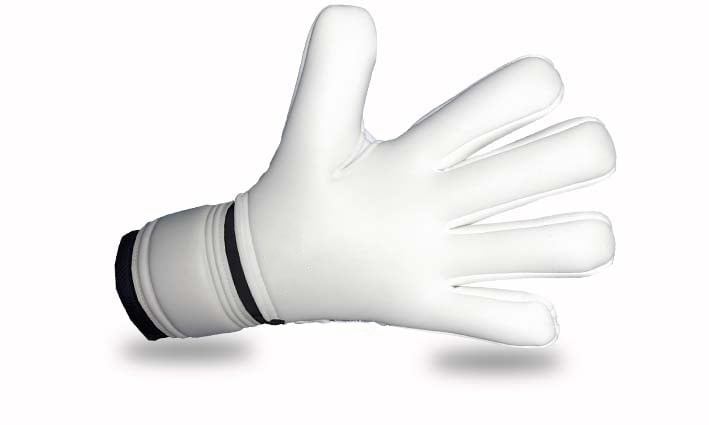Goalkeeper Glove Cut Guide
GOALKEEPER GLOVE CUT GUIDE
There are an ever growing range of of goalkeeper glove cuts out there, including the more exciting "hybrid" cuts that we use ourselves. But don't worry, here is a guide to each of our cuts.
Roll Finger

Roll finger goalkeeper gloves are one of the most popular and traditional cuts currently available. They are named "roll finger" due to the fact that the backhand is connected to the palm and does not use gussets. The result is the latex rolled/curved around the fingers which provides great latex contact with the ball, but is not as snug or tight as a feel in comparison to negative cut gloves, or hybrids that use negative. While it does provide a comfortable feel, some may view it as a slightly larger or "bulkier" cut vs negative type gloves. We tend to find that roll finger gloves have the best durability of all glove cuts.
Negative Cut

Negative cut goalkeeper gloves (and hybrids that utilise this style) have become increasingly popular over the past years, particularly across Europe. They use a single piece of latex attached to the backhand via gussets, the key difference is that the stitching/gussets are inside the glove. This provides a much tighter and snug fit with control on the ball that is more "true" to your hand. Our negative cuts at CAT GK also feature a negative cut thumb for a tighter more streamlined feel. Due to this, gloves utilising this type of cut will wear slightly quicker than roll finger for example. This cut is used on our Black Panther range.
Medius Cut

The Medius is a Hybrid Cut that combines negative and roll finger to create another unique feel and style. The middle two fingers are negative while the outside fingers are rolled. This was developed to create a snug and true feel for your middle fingers as they wrap around the ball where as the outside roll fingers provide that additional latex to ball contact improving grip in core ball to glove touch points. This cut is used on our Snow Leopard range.
See below our guide to different Latex Types:
